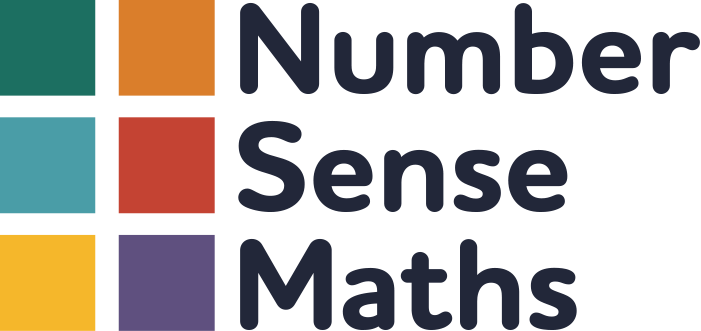Number and Quantity
The Number and Quantity workbooks teach the key foundation skills that underpin Number Sense Maths. These are Subitising, Making and Breaking, and understanding 'Ten and A Bit'.
Flashcards, model mats and counters are included to make the learning practical, visual and fun. Guidance for parents on how to support and maximise their child's learning is provided throughout the workbooks, including on how to use the animations in the Home Learning Zone to master key concepts and to gently check progress.
Workbooks
1. Subitising
Age 4+
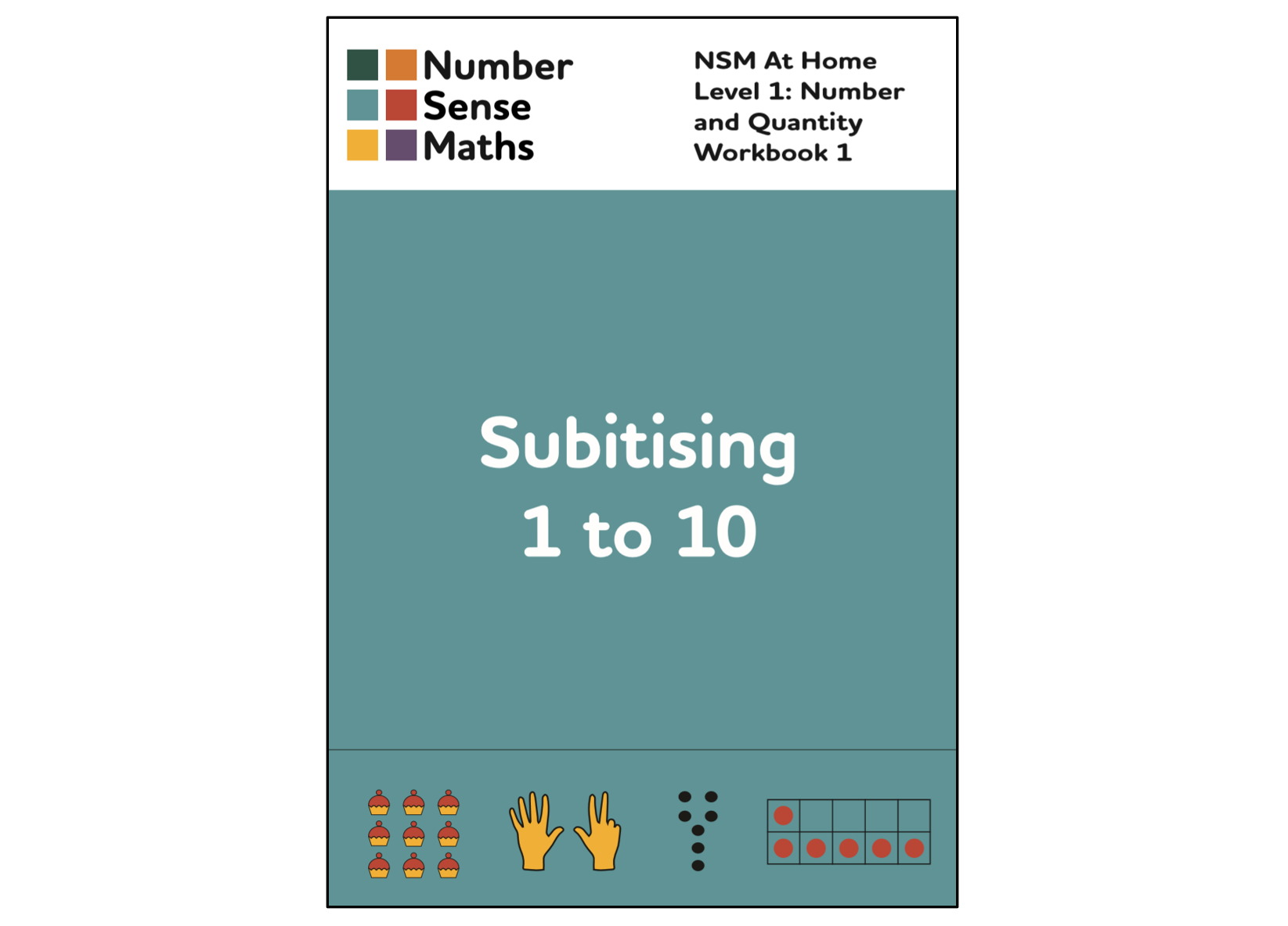
31 pages
Subitising is recognising the number of items in a set without counting. It is a fundamental number skill that helps children gain a deep understanding of quantity. Without a deep understanding of quantity, children are left with no option but to count everything when they start facing equations. When we count we are always focused on the last item in the set and can miss the bigger picture.
Children need to be able to recognise quantities from 1 to 5 no matter how they are arranged, and quantities from 5 to 10 when they are arranged in set ways. This workbook teaches children to subitise quantities in three set arrangements: as dot arrangements, as hand arrangements and on tens frames.
2. Making and Breaking
Age 4+
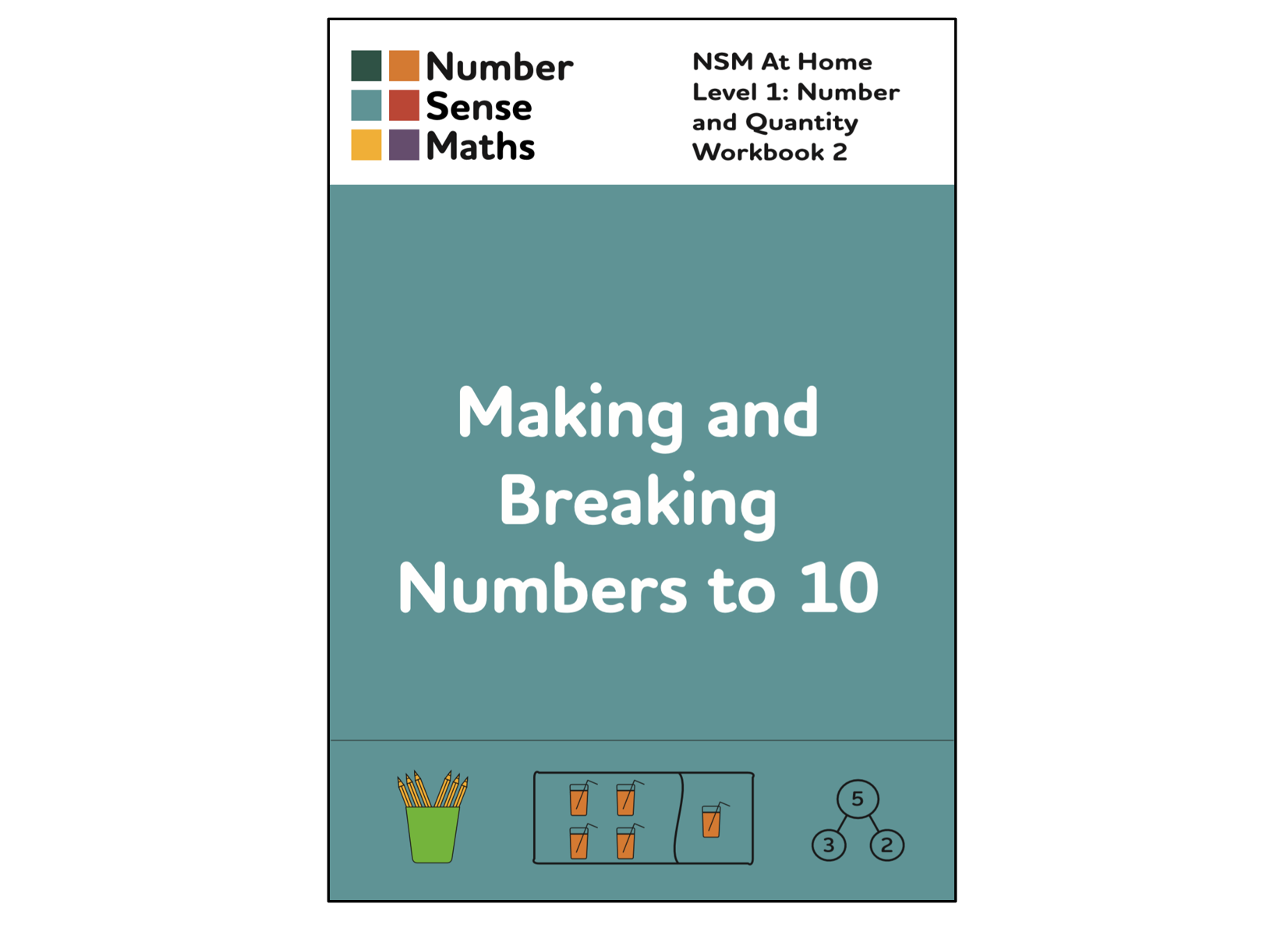
47 pages
Making and Breaking forms the basis of addition and subtraction. When we add we are putting two numbers together to make a bigger number (making), and when we subtract we are partitioning a number into smaller parts (breaking) and then taking one of the parts away.
Children need to practice making and breaking all the numbers to 10, and learn how to apply this to simple calculations. It is not uncommon for a child to know that 8 and 2 makes 10, but to resort to counting on their fingers to solve the equation 10 - 8. This workbook teaches children how to find the pairs of numbers inside all the numbers to 10, AND how to link them to solving equations.
3. Ten and A Bit
Age 5+
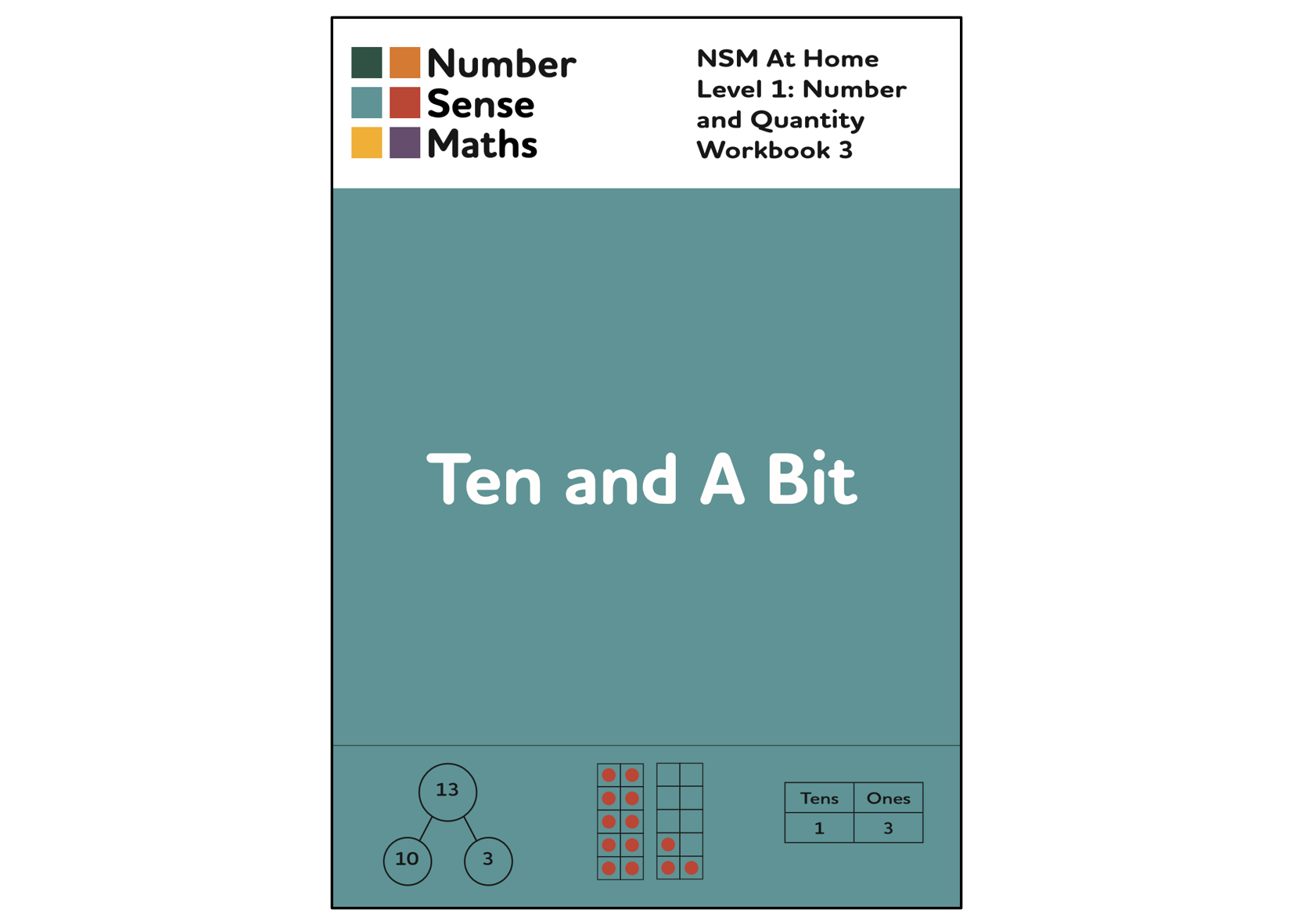
31 pages
We call the numbers 11 to 20 ‘Ten and A Bit’ to help children learn that they are always made up of 1 ten, and some additional ones (and that 20 is made up of 2 tens). Since the names of these numbers do not clearly refer to their structure, children need to make sure they really understand what these numbers represent.
This workbook teaches children to recognise and subitise the numbers 11 to 20 on tens frames. With this understanding in place it then teaches children to solve equations relating to the structure of these numbers without counting. E.g., 14 - 10, and 14 - 4. Without explicit teaching of this, children often resort to counting in ones to solve equations such as these.
Also Included
Flashcards
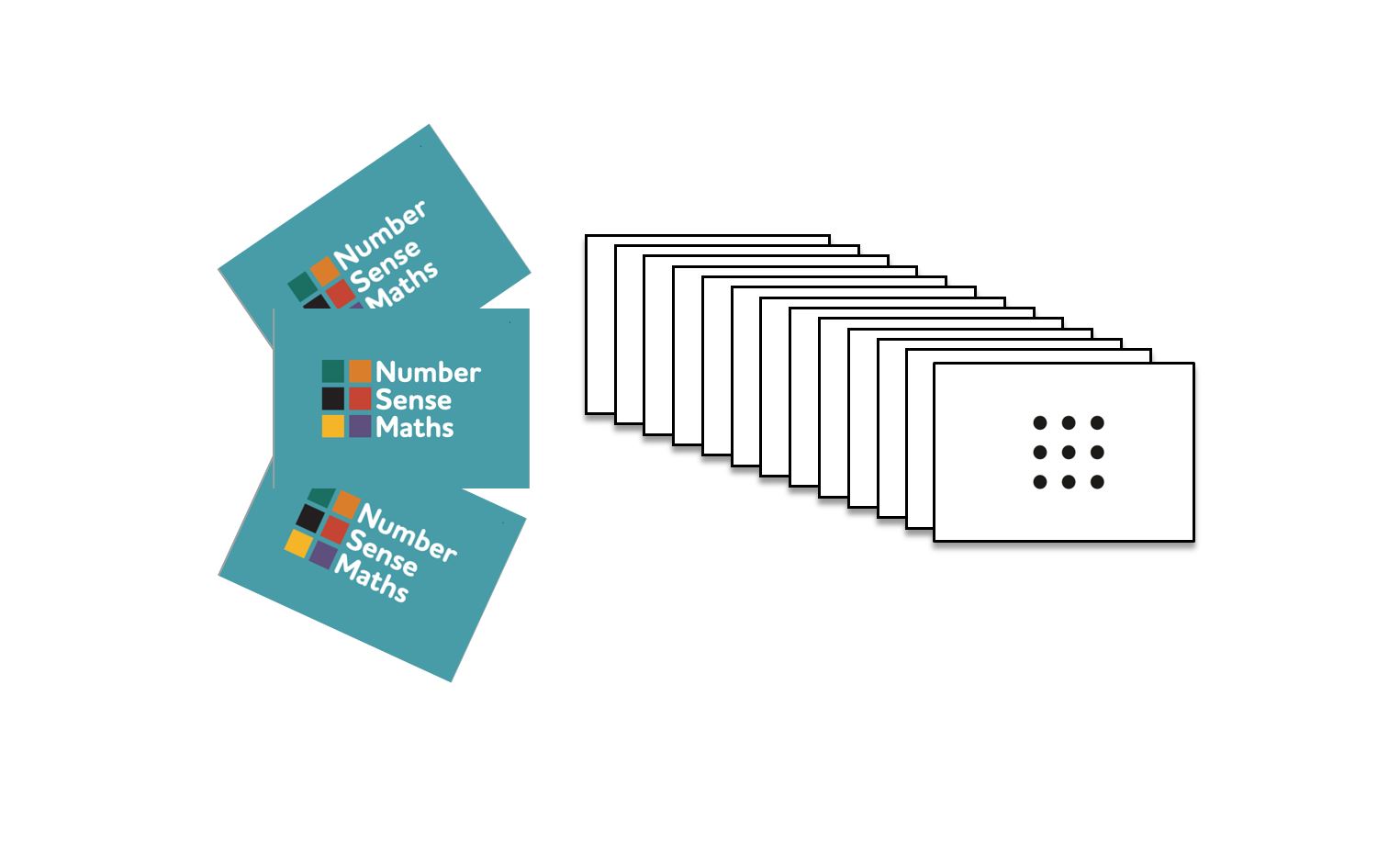
A set of 69 flashcards containing all the visual images your child needs to be able to recognise for the numbers 1 to 20. Images include digits, dots, hands and tens frame arrangements. Use them to introduce the images and talk about them together, and later to gently check what your child has and hasn't yet mastered.
Resource Pack
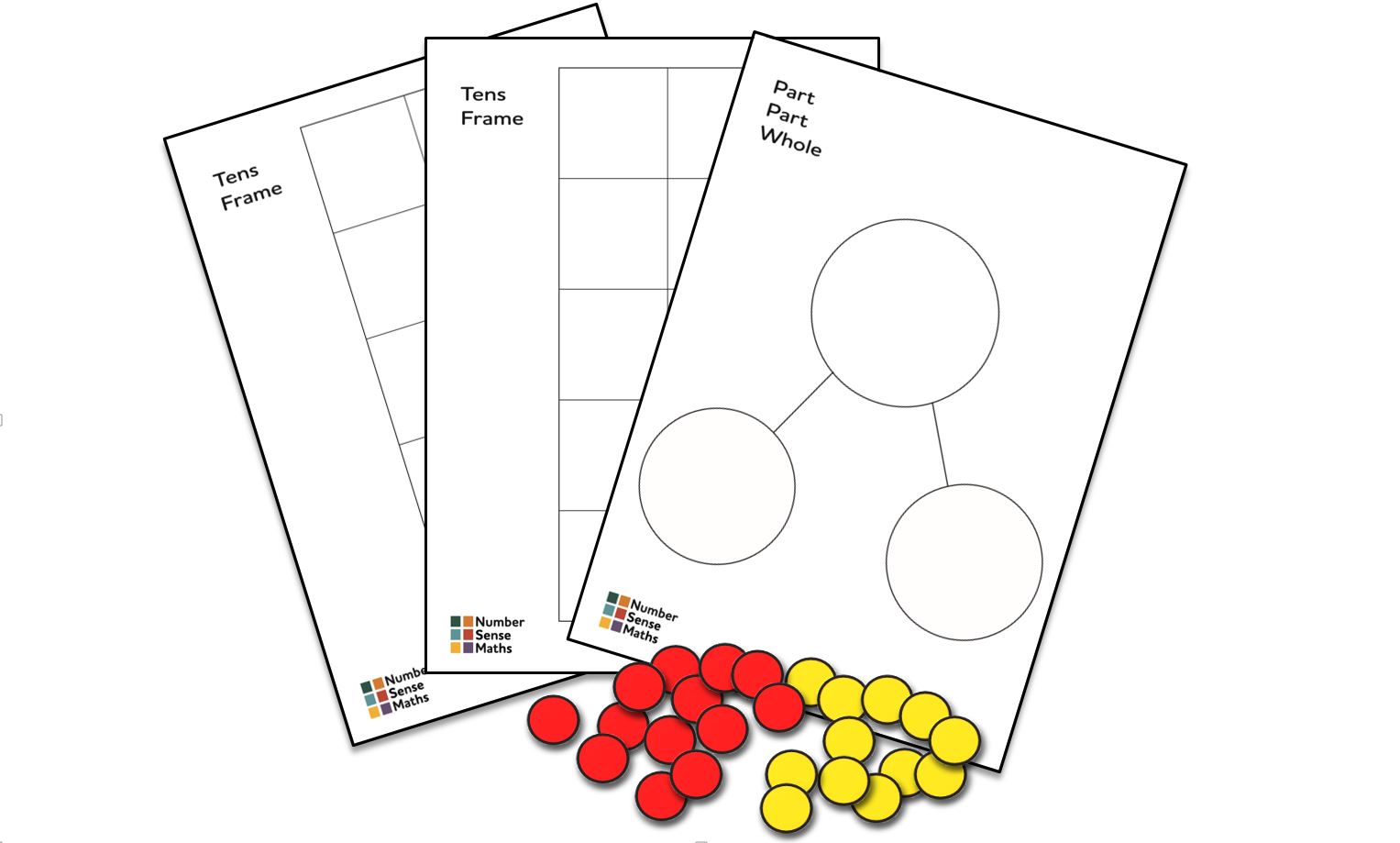
Practical and visual resources that will help your child develop a deep understanding of number and quantity. Includes a blank A4 part part whole model, two blank A4 tens frame models, and 25 double sided counters. Use these to complete the activities and exercises in the workbooks.
